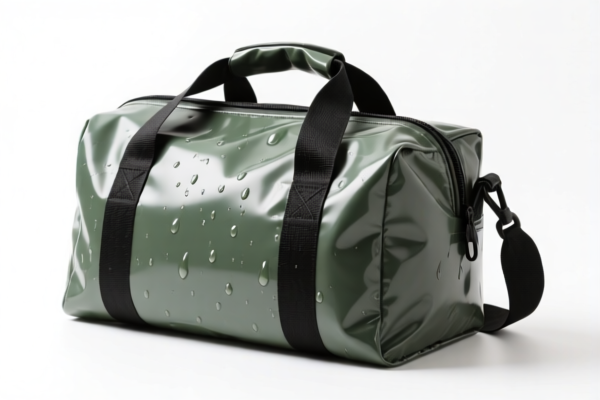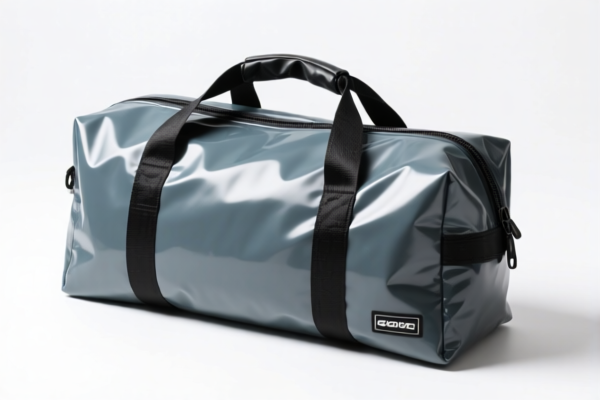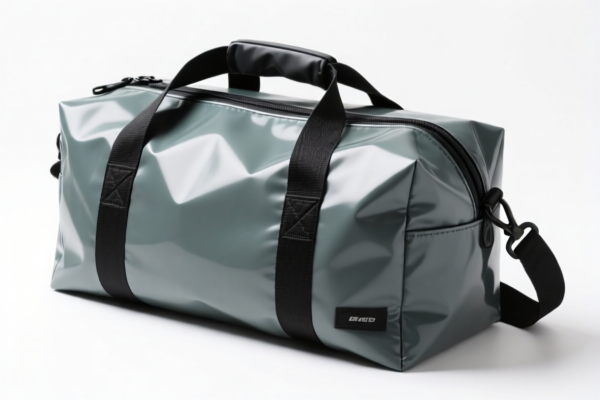| HS Code | Official Doc | Tariff Rate | Origin | Destination | Effective Date |
|---|---|---|---|---|---|
| 4202122120 | Doc | 75.0% | CN | US | 2025-05-12 |
| 4202122935 | Doc | 75.0% | CN | US | 2025-05-12 |
| 3926903300 | Doc | 36.5% | CN | US | 2025-05-12 |
| 3923102000 | Doc | 55.0% | CN | US | 2025-05-12 |
| 3923109000 | Doc | 58.0% | CN | US | 2025-05-12 |




Waterproof Case
A waterproof case is a protective enclosure designed to shield the contents from water, and often other environmental elements. These cases are utilized across a broad spectrum of applications, from safeguarding personal electronics to protecting sensitive equipment during transport or in harsh conditions.
Material
Waterproof cases are constructed from a variety of materials, each offering different levels of protection, durability, and cost:
- Polycarbonate: A common thermoplastic known for its impact resistance and relatively lightweight nature. Often used for general-purpose cases.
- ABS Plastic: Another thermoplastic, offering good impact resistance and affordability. Frequently used for less demanding applications.
- Polypropylene: A robust thermoplastic with excellent chemical resistance and flexibility. Suitable for cases requiring higher levels of durability.
- Aluminum: Provides superior strength and protection against physical damage. Commonly used for heavy-duty cases and those requiring stacking capabilities.
- Silicone/Rubber: Offers excellent sealing properties and shock absorption. Often used as gaskets or for creating flexible, form-fitting cases.
- Drylock/Hard Shell: These are generally made of a combination of materials, often with a polycarbonate shell and rubber seals.
Purpose
The primary purpose of a waterproof case is to prevent water ingress, protecting the enclosed items from damage due to:
- Water Damage: Corrosion, short circuits, and functional failure of electronic devices.
- Dust & Debris: Preventing particle contamination that can affect functionality.
- Impact & Shock: Providing physical protection against drops, impacts, and vibrations.
- Extreme Temperatures: Some cases offer thermal insulation, protecting contents from temperature fluctuations.
Function
Waterproof cases function by creating a hermetically sealed environment. Key features contributing to this function include:
- Gaskets: Rubber or silicone seals that create a watertight barrier between the case body and lid.
- Latches: Securely close and compress the lid, ensuring a tight seal. Various latch mechanisms exist, including over-center latches and cam latches.
- Valve: Pressure equalization valves allow for changes in air pressure without compromising the waterproof seal.
- O-Rings: Used around buttons, ports, and other openings to maintain a watertight barrier.
Usage Scenarios
- Electronics Protection: Smartphones, cameras, radios, and other sensitive devices during water sports, outdoor adventures, or in wet environments.
- Industrial Applications: Protecting tools, instruments, and equipment during transport, fieldwork, or in harsh industrial settings.
- Military & Law Enforcement: Safeguarding communication devices, weapons, and other critical equipment.
- Medical Equipment: Protecting sensitive medical devices during transport or in emergency situations.
- Outdoor Recreation: Protecting camping gear, first aid kits, and other personal items during hiking, boating, and other outdoor activities.
- Photography/Videography: Underwater photography and videography, protecting equipment from water and impact.
Common Types
- Hard Cases: Constructed from rigid materials like polycarbonate or aluminum, offering superior protection. Often feature customizable foam inserts.
- Soft Cases: Made from flexible materials like silicone or rubber, providing lighter weight and greater portability.
- Smartphone Cases: Form-fitting cases specifically designed for smartphones, offering waterproof and shockproof protection.
- Camera Cases: Designed to protect cameras and lenses from water, impact, and dust.
- Pelican Cases: A well-known brand of hard cases, renowned for their durability and reliability.
- Dry Bags: Flexible, waterproof bags used for storing clothing, gear, and other items during water sports and outdoor activities.
- Underwater Housings: Specifically designed for cameras, allowing for underwater photography and videography at significant depths.
Waterproof cases fall under articles for the conveyance or packing of goods, of plastics. The following HS codes are relevant based on the provided information:
- 3923.10.20.00: Boxes, cases, crates and similar articles: Specially shaped or fitted for the conveyance or packing of semiconductor wafers, masks or reticles of subheadings 3923.10 or 8486.90. This code applies to specifically designed cases for semiconductor components.
- 3923.10.90.00: Boxes, cases, crates and similar articles: Other. This code covers general plastic boxes, cases, and crates not specifically designed for semiconductor components. This would likely be the most applicable code for a general waterproof case.
- 3926.90.33.00: Other articles of plastics and articles of other materials of headings 3901 to 3914: Other: Beads, bugles and spangles, not strung (except temporarily) and not set; articles thereof, not elsewhere specified or included: Handbags. While this code includes "handbags", it also broadly covers "other articles of plastics" and could potentially apply if the waterproof case is designed as a carry bag.
Regarding HS code 3923.10.20.00 and 3923.10.90.00, please note that these codes relate to articles of plastics used for conveyance or packing of goods.
Customer Reviews
No reviews yet.